
How to propagate Scleranthus Biflorus
We use cuttings to propagate Scleranthus biflorus. It’s super easy and the roots strike very fast.
Select a plant
When selecting a plant to take cuttings from it’s important to select a healthy, disease free specimen. Choose a plant with the growth habit and characteristics you desire. When we use cuttings to propagate, we are creating a clone of the “mother” plant, so in essence, what you see is what you get.
We selected a plant in our nursery to take cuttings from. You could do the same or harvest some from an existing plant in the garden of a friend. Make the cuttings at least 5-6cm (2-2.5 inches) long.
These cuttings were taken in early autumn.
Normally when we take cuttings, we would strip the foliage off the bottom half of the cutting, in this case that is unnecessary.
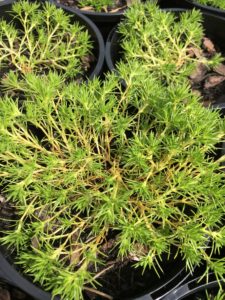
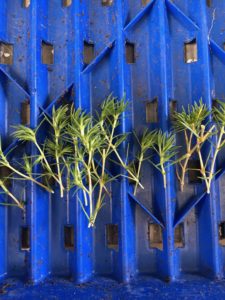
Rooting the cuttings
To root the cuttings we use a mix of perlite and peat moss. In this case it gave us a success rate over 90%. In the past we have placed the cuttings directly into a good quality potting mix, with around a 60% success rate.
Perlite and peat moss have exceptional water retention capabilities. We have no over head misters everything is watered by hand.
To insert the cuttings into the perlite peat moss mix we use a small bamboo skewer. First water the tray so that the mix is firm to the touch, this will stop the hole from caving in. Insert the cutting into the hole gently with your fingers, making sure not to bend or break the cutting.
Once all the cuttings are in the perlite and peat moss mix, give it a really good watering. The cuttings need to be stored out of direct sunlight and wind, this will dry them out. Place them in a nice sheltered well lit area.
It’s important that the cuttings are keep moist. If the perlite and peat moss mix feels moist don’t water. A good way to check this, is to stick your finger into the mix. Overwatering can cause the cuttings to rot or may lead to fungus and bacteria problems developing.
These cuttings developed roots in 6 weeks.
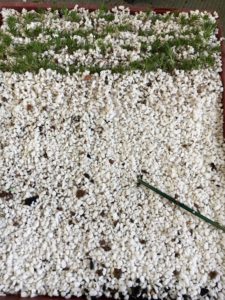
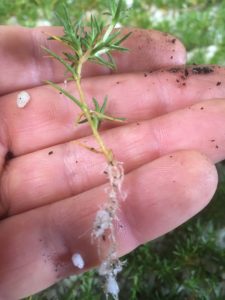
Potting the cuttings
After the cuttings have developed some roots they can be potted. Use a good quality potting mix, Scleranthus like gritty well draining soil.
We choose to water the freshly potted cuttings with a seaweed fertiliser. This gives them some added nutrients and really encourages strong root growth.
Once potted, again, give a really good watering and store in a sheltered well lit area. Keep them moist. The plants are more robust now that they have a root system, but they are still quite fragile to the elements.
After about a month, we position the pots outside to “harden” the plants to the outside environment. Once the roots have reached the sides of the pot and come out the drainage holes, they can be planted into the garden.
From start to finish, these plants took about 12 weeks, to go from cutting to garden plant.
That’s about it, hope you are enjoying our content and if you would like to see more, please feel free to subscribe. Happy planting:)
Below is a short video showing the above steps.
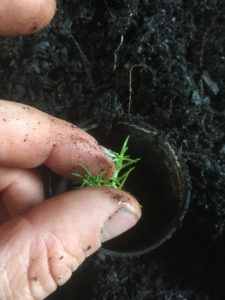
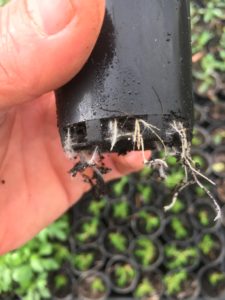
Propagation Kit
We have also put together a resource page that contains links to the products we use or similar. If you want to check that out click the link.
How to propagate Scleranthus biflorus video
This video shows how we propagate scleranthus biflorus.
CLICK HERE TO SEE OTHER PLANTS WE PROPAGATE
Scleranthus Biflorus Information
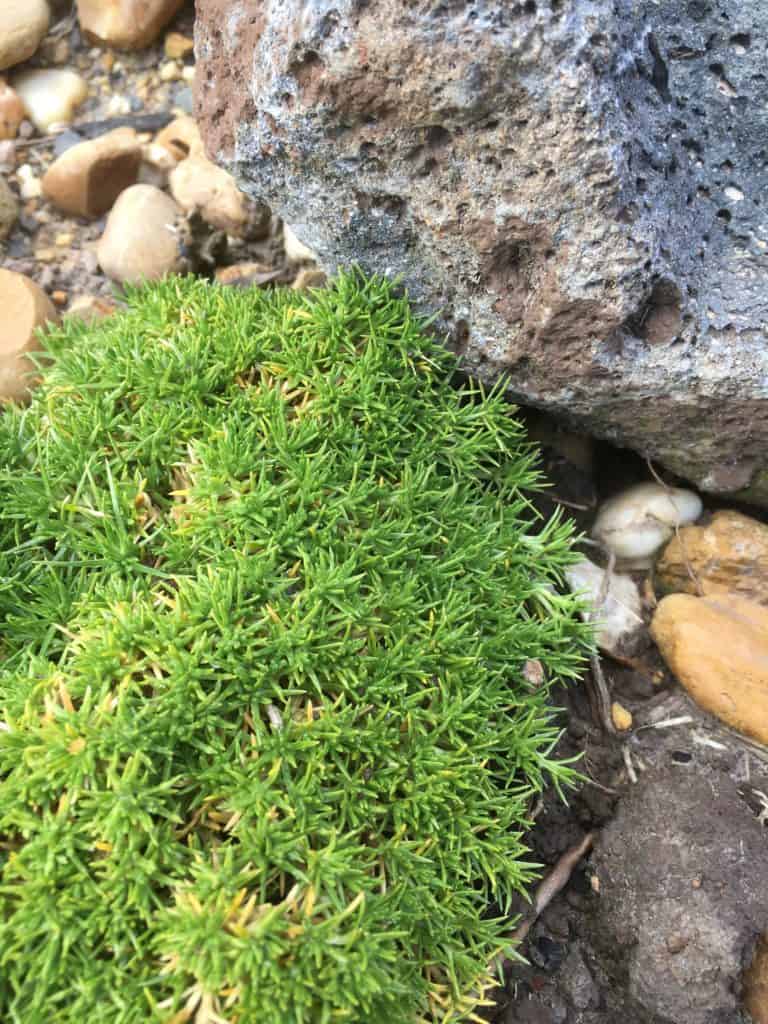
Scleranthus biflorus care
Scleranthus biflorus is a evergreen mounding perennial. It’s is a very low compact ground cover that looks a lot like moss.
A great choice for rockeries, between stepping stones, ferneries or large containers where it acts as a living mulch. A very popular landscaping plant.
Prefers a position in full sun to maintain its compact habit. Likes well drained gritty soils. Keep moist in dry weather.
Cultural notes
Botanical name: Scleranthus biflorus
Common name: Two-flowered Knawel, Canberra Grass, Cushion bush
Family: Caryophyllaceae
Native to: Australia & New Zealand
Flowers: Late spring-early summer
Position: Full sun/Part shade
Height: 2-5cm
Width: 40-60cm
